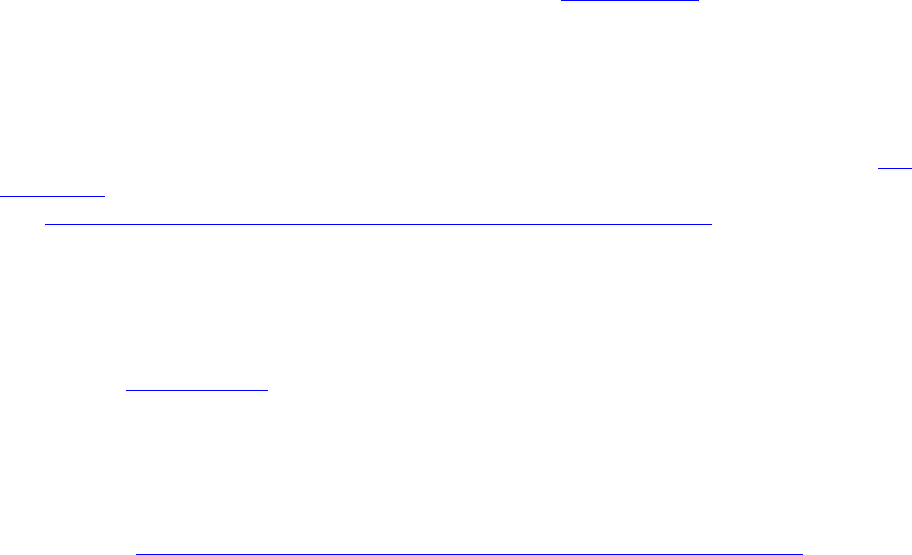Native Inspect Manual (H06.03+)
Table Of Contents
- What’s New in This Manual
- About This Manual
- 1 Introducing Native Inspect
- Native Inspect on TNS/E Systems
- Debuggers on NonStop TNS/E Systems
- Origins of Native Inspect
- Process Debugging With Native Inspect
- Debugging Multiple Processes
- Global Debugging
- Debugging TNS Processes
- Snapshot File Analysis
- Debugging DLLs
- Handling Events
- Switching Debuggers (To or From Inspect and Visual Inspect)
- Stopping Native Inspect
- Differences Between Native Inspect and WDB and GDB
- 2 Using Native Inspect
- Quick Start for Inspect Users
- Preparing to Debug Using Native Inspect
- Sample Native Inspect Session
- Start Your Program Under Native Inspect
- Load Symbols
- Determine Compilation-Time Source Name
- Set Source Name Mapping
- Add Current Directory to Source Search Path
- List Source
- Set a Breakpoint on main()
- Continue Execution
- Trace the Stack (Back Trace)
- List Source
- Step Execution (Over Any Function Calls)
- Print a Variable
- Step Execution (Over Any Function Calls)
- Step In to a Called Function
- Set a Memory Access Breakpoint (MAB)
- Trace the Stack (Back Trace)
- List Source
- Continue Listing Source
- Set a Breakpoint on Line 52
- Continue Execution
- Display a Structure
- Enable “pretty” Printing
- Modify a Structure Field
- Terminate Program and Session
- 3 Syntax of Native Inspect Commands
- Categories of Native Inspect Commands
- Syntax of Common Command Elements
- # command
- a command
- add-symbol-file command
- amap command
- attach command
- base command
- break command, tbreak command
- bt command
- can command
- cd command
- commands command
- comment command
- condition command
- continue command
- d command
- delete command
- delete display command
- detach command
- dir command
- disable command
- disable display command
- disassemble command, da command
- display command
- dmab command
- down command, down-silently command
- enable command
- enable display command
- env command
- eq command
- exit command
- fc command
- files command
- finish command
- fn command
- frame command, select-frame command
- help command, help option
- hold command
- i command
- ignore command
- ih command
- info command
- jb command
- jump command
- kill command
- list command
- log command
- ls command
- mab command
- map-source-name command
- mh command
- modify command
- next command, nexti command
- nocstm option
- output command
- print command
- priv command
- ptype command
- pwd command
- quit command
- reg command
- save command
- select-frame command
- set command (environment)
- set command (variable)
- show command
- snapshot command
- source command
- step command, stepi command
- switch command
- symbol command, symbol-file command
- tbreak command
- tj command, tu command
- tn command
- unload-symbol-file command
- until command
- up command, up-silently command
- vector command
- version option
- vq command
- wait command
- whatis command
- x command
- 4 Using Tcl Scripting
- A Command Mapping With Debug and Inspect
- Glossary
- Index

Using Native Inspect
Native Inspect Manual—528122-003
2-5
Determining the Compilation-Time Source Name (If
Necessary)
You can reduce confusion by immediately entering a cd command and setting the
default subvolume for Native Inspect to be your current working subvolume (that is, the
subvolume where your source files are stored), in this example $data1.mysubvol):
(eInspect 0,380): cd $data1.mysubvol
Native Inspect also maintains a source search path for locating source files. To specify
the location of your source, you can either use fully qualified file names, or use the dir
command to set a source search path to the correct directory. For more information,
see Configuring a Search Path for Your Source Files (If Necessary) on page 2-5.
Determining the Compilation-Time Source Name (If Necessary)
If you are debugging on a different system from the one used for compiling, Native
Inspect cannot locate your source files at their originally compiled locations. For this
reason, the list command will not be able to list your program source and will report an
error:
(eInspect 0,384): list
Unable to open file \SIERRA.$YOSE.MHG2.NITEST
Then you should add the current subvolume to the search path for source files, as
described in Configuring a Search Path for Your Source Files (If Necessary) on
page 2-5.
For example:
(eInspect 0,384): dir $d0117.mysvol
Source directories searched: $d0117.mysvol:$cdir:$cwd
(eInspect 0,384): list
35 char *new_ptr = "In print_and_break\n";
36 int z = 7;
37 printf ("About to call DEBUG'\n");
38 DEBUG();
39 }
40 void main (void) {
41 char *local_ptr = "From main";
42 int local_q = 0;
43 call1(local_ptr,local_q);
44 }
(eInspect 0,384):
Configuring a Search Path for Your Source Files (If Necessary)
Loadfiles contain the original compiled locations of their source files. If you have
moved your files between compilation and debugging, you must set a search path so
that Native Inspect can locate your source files.










